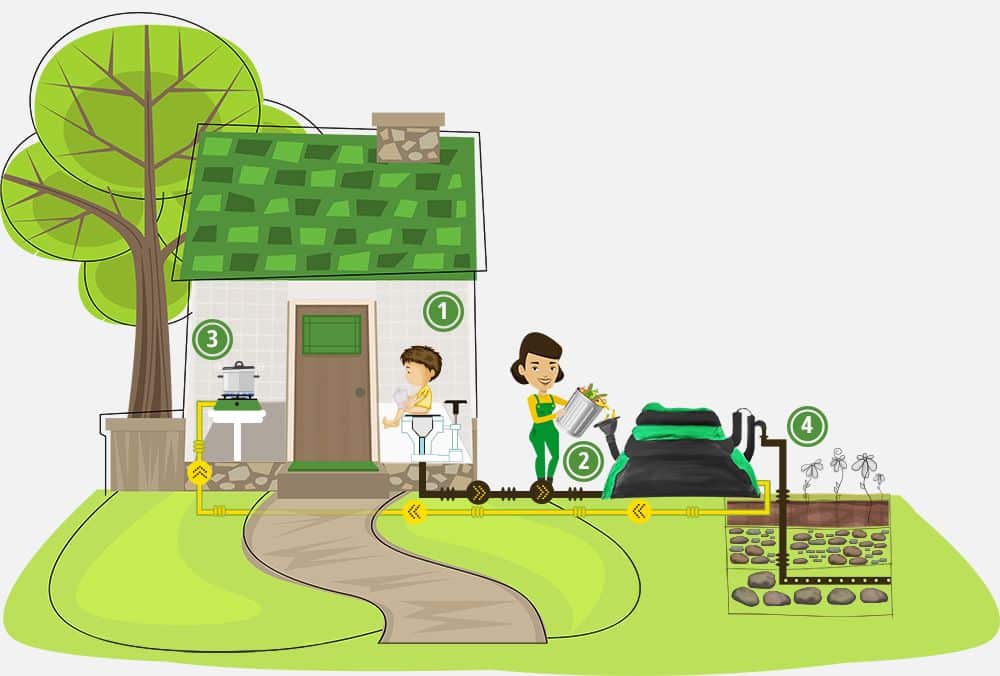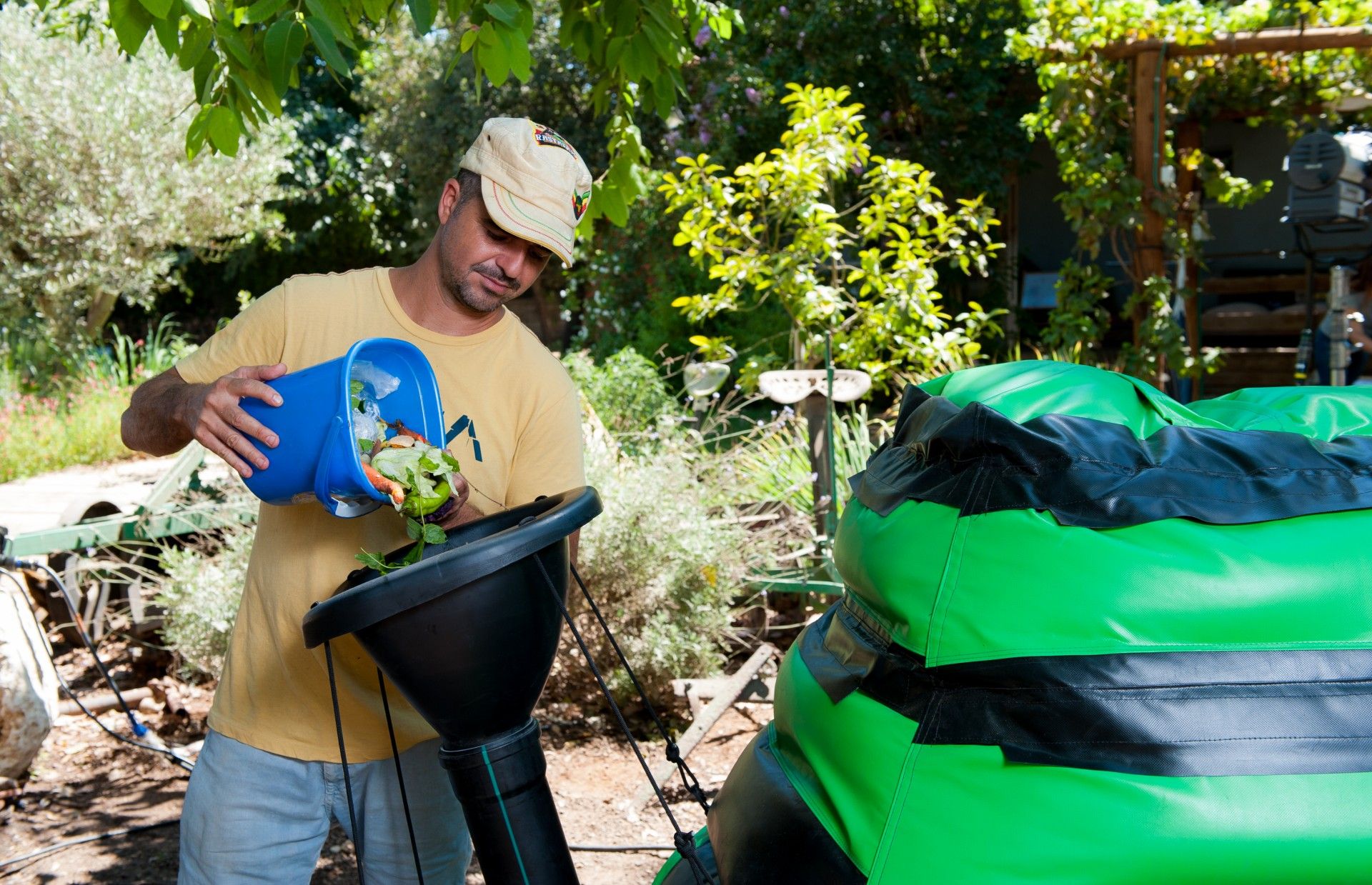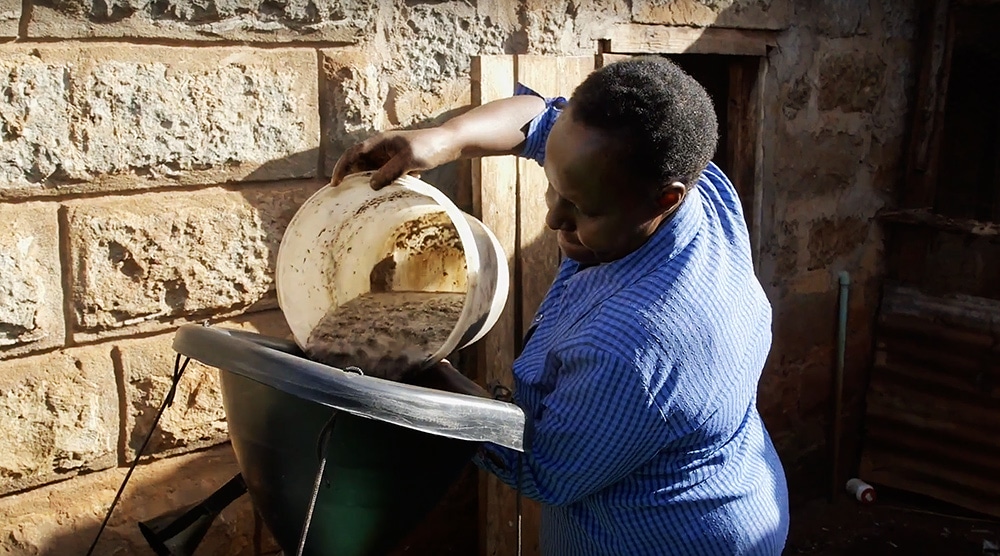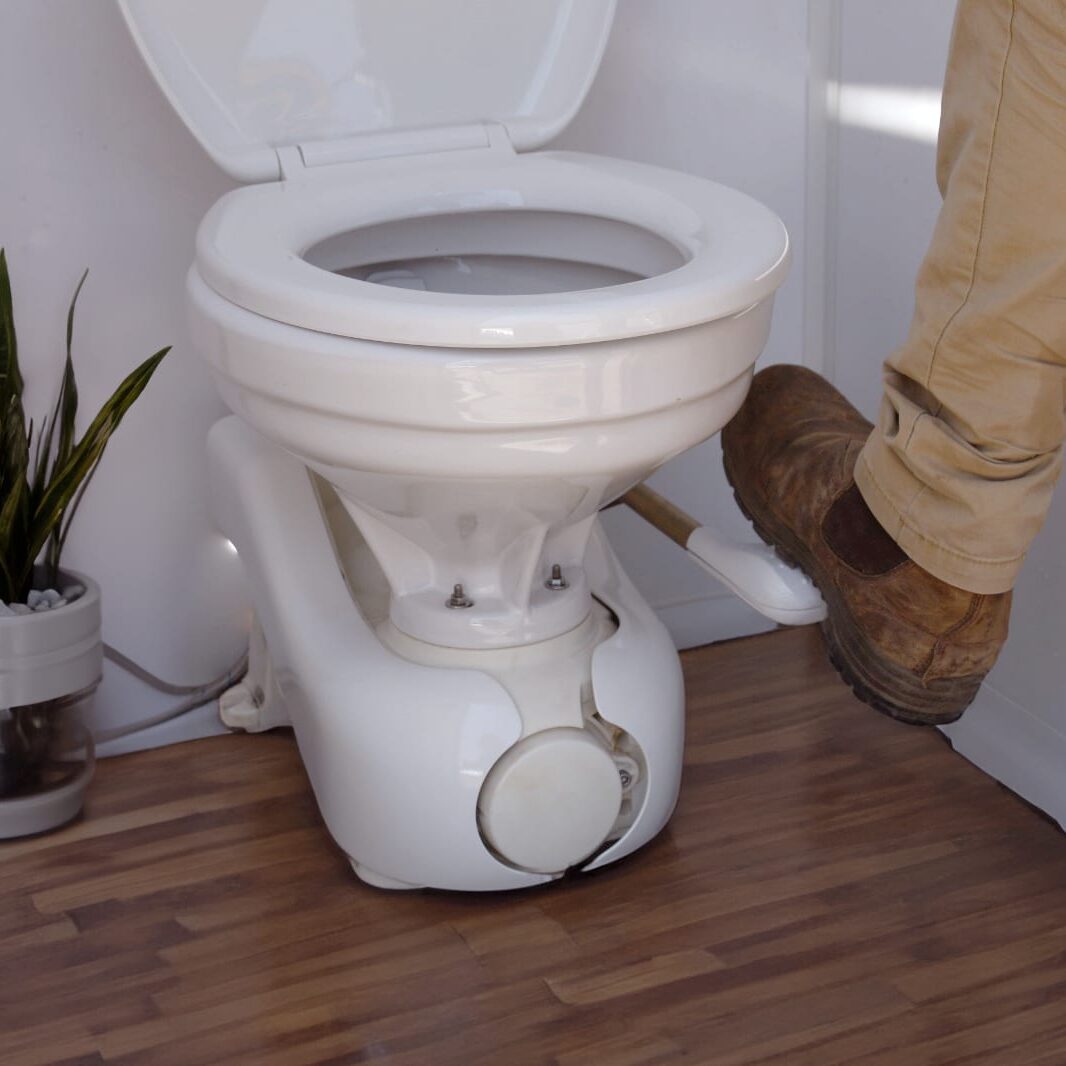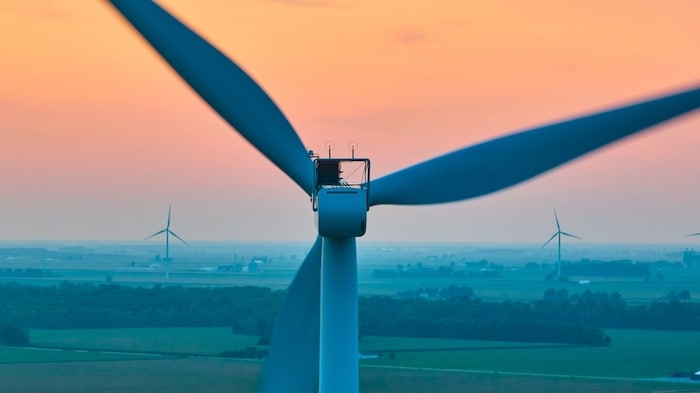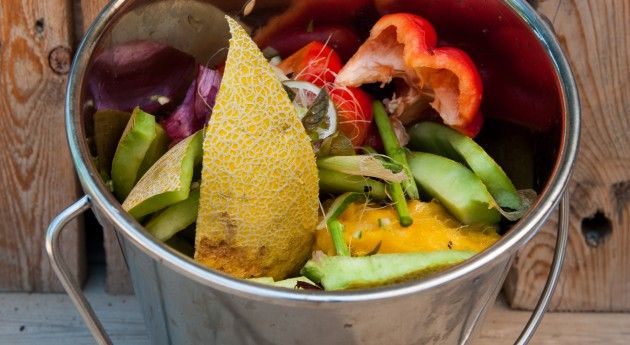
You can feed your HomeBiogas system approximately 6 liters of food waste or up to 20 liters of animal waste daily. An equal amount of water should be added with the waste when you put it into the inlet of HomeBiogas.
Do Put Kitchen Waste
The appliance thrives on all types of food leftovers; meat, dairy, vegetables, fats, bones, pits, seeds and egg shells. You can put in rotten or moldy food as well. Avoid feeding large quantities of citrus fruit (orange, grapefruit, lemon) skin since it contains anti-bacterial oil, which could reduce the effectiveness of the digestion.
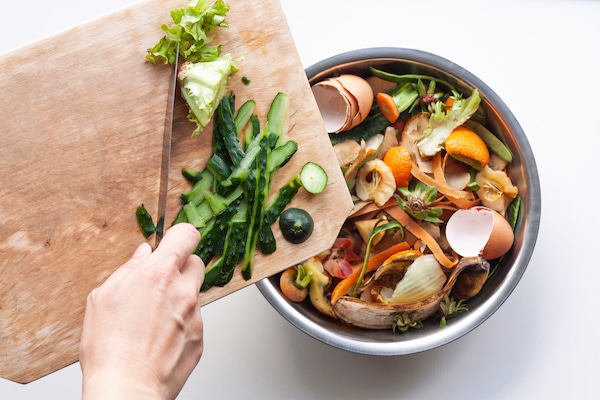
Do Put Animal Manure
You can feed the appliance with animal manure, especially that of any animal that chews its cud (i.e. cows, deer, camels, buffalo, goats and sheep). The animal manure should be free of stones, straw, and earth, which will not break down in the digester. You may also add dog or cat waste (without sand). We recommend limiting chicken droppings, since they contain a high level of ammonia and will alter the balance of the digester fluid.
Do Put Human Waste
Those who choose to put human waste into HomeBiogas should use the 2.0 model in conjunction with the Bio-Toilet. Human waste will break down and be turned into biogas just as animal manure would.
Don’t Feed Too Much Of These Things
-Not too much chicken feces (up to 50%)
-Not too much fats, oils, grease (up to 25-30%)
-Not too much citrus fruit (up to 2 citrus fruit peels a day)
-Not too much roots, stalks
-Not too much compostable diapers (1 per day, depending on brand)
-Not too much tissues
Do Not Feed
The following items will not break down or will break down slowly, clogging the digester: feathers, paper, cardboard, fur, coffee grounds, bleach, garden clippings, sawdust, wood chips, straw, chewing gum, nail clippings, lint, hair, soil, sand, “Biobags” for dog poo/produce, any shells, even shells from clams and oyster.
How Long Does It Take to Make Biogas?
After Activation
The appliance will begin to produce gas 1-3 weeks after the initial activation using animal manure. (Read more about first-time set-up here). After this initial gas, the bacteria inside of the system will work 24/7 to break down waste and produce gas, just like our stomachs do, so long as it is warm enough.
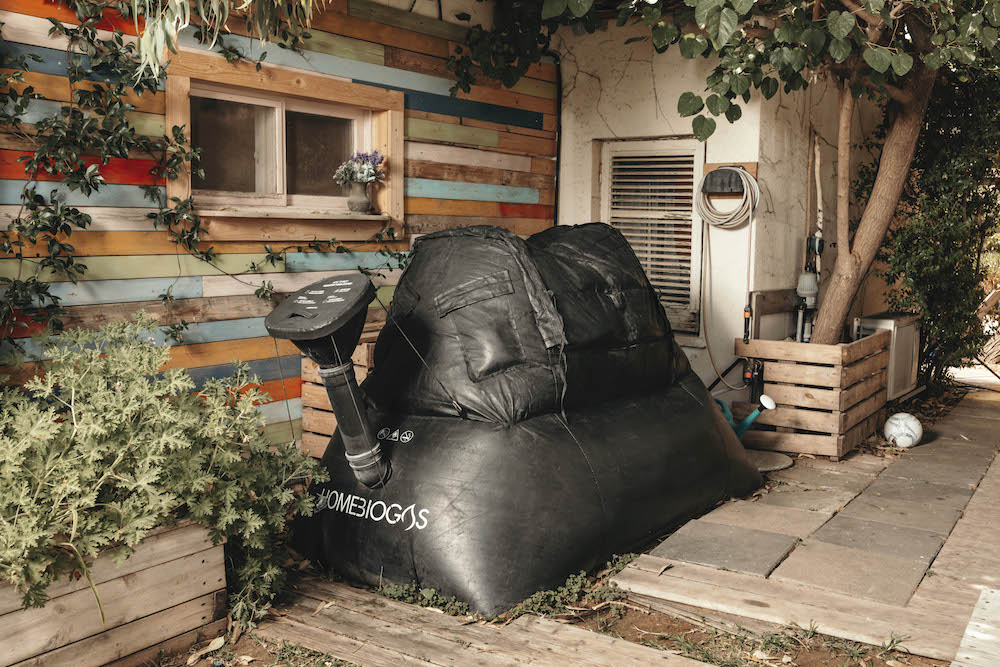
HomeBiogas 2
Designed for the next generation of green innovation.
Biogas with Food Waste
How quickly your food will break down and convert into biogas depends on various factors such as what type of waste you feed and the temperature outside. Different foods have different amounts of energy that will become available when the food is digested (either by your body or by a biodigestor).
In general, food waste has a higher energy-generating potential because it has not yet been digested by the stomach of an animal. For food waste, fats, oils, and greases (FOGs) are especially productive, though not recommended in large quantities. But overall, feedstock high in calories, fat, starch, and sugar usually produces more biogas than other foods.
• High biogas yield: bread, corn, peas
• Low biogas yield: fish, poultry, water, spinach Still, we have found that as a general rule: 1 kilo of organic waste = 1 hour of cooking gas.
Biogas with Animal Manure Biogas yields from highest to lowest:
- 1. Poultry*
- 2. Pig
- 3. Cow
- 4. Horse
- 5. Rabbit
- 6. Goat
- 7. Buffalo
- 8. Sheep
Dog, cat, and human waste also work to produce biogas but are limited in comparison to the amount that livestock manure can produce.
*Although poultry manure has a high biogas potential, it is hardly utilized for biogas production because it contains large amounts of ammonia. Its effective utilization as a biodigester feedstock requires that it go through an ammonia stripping process.
